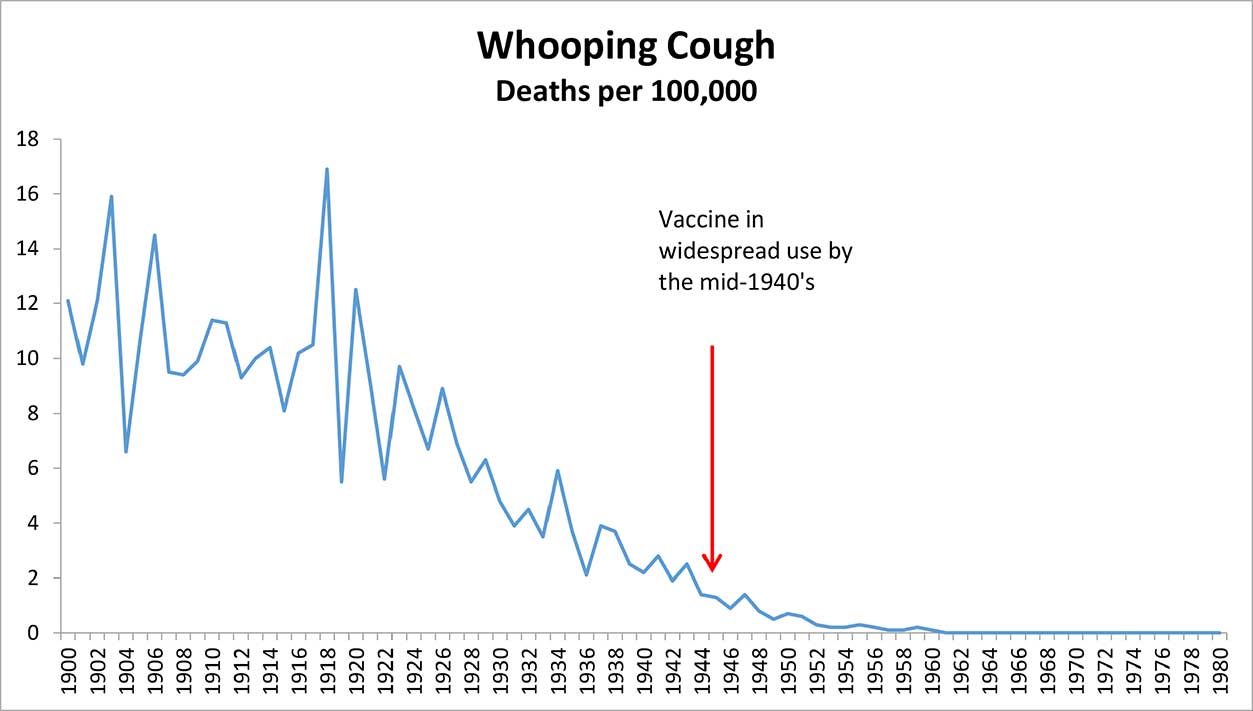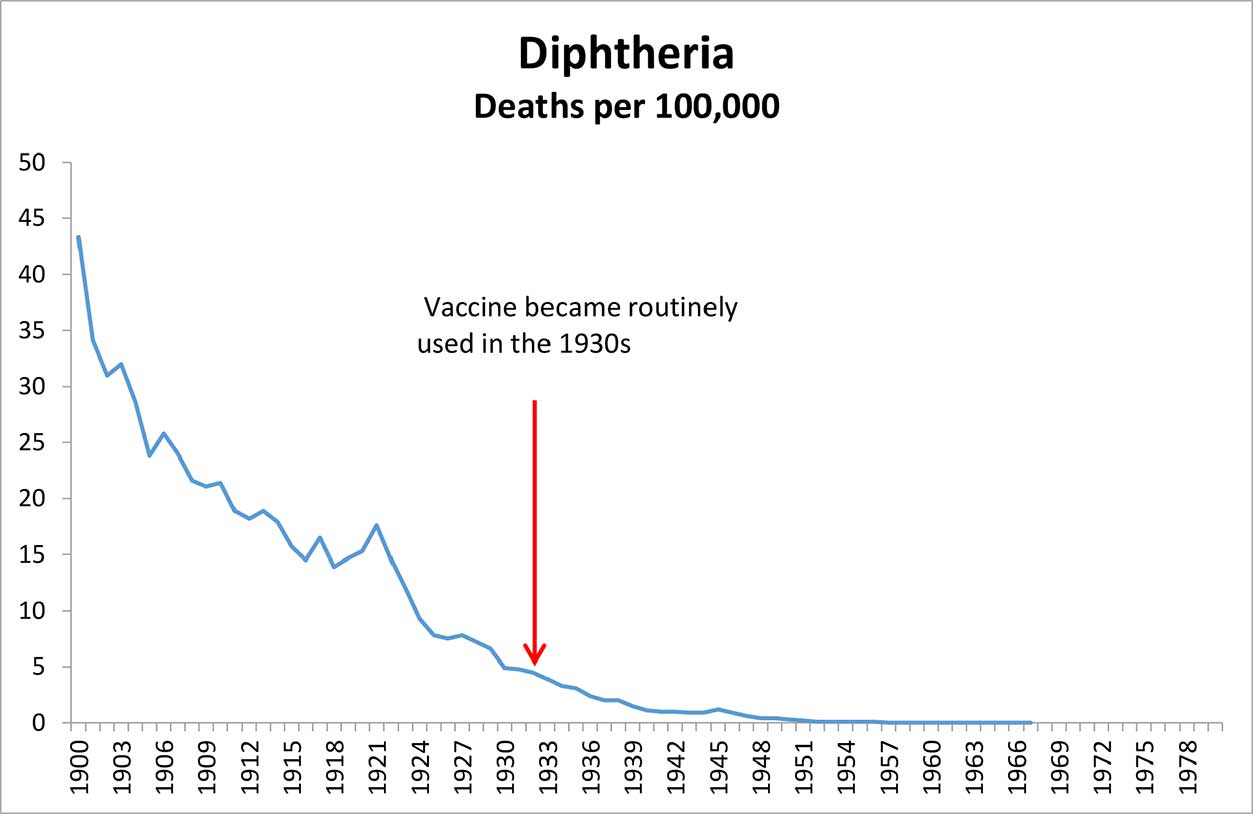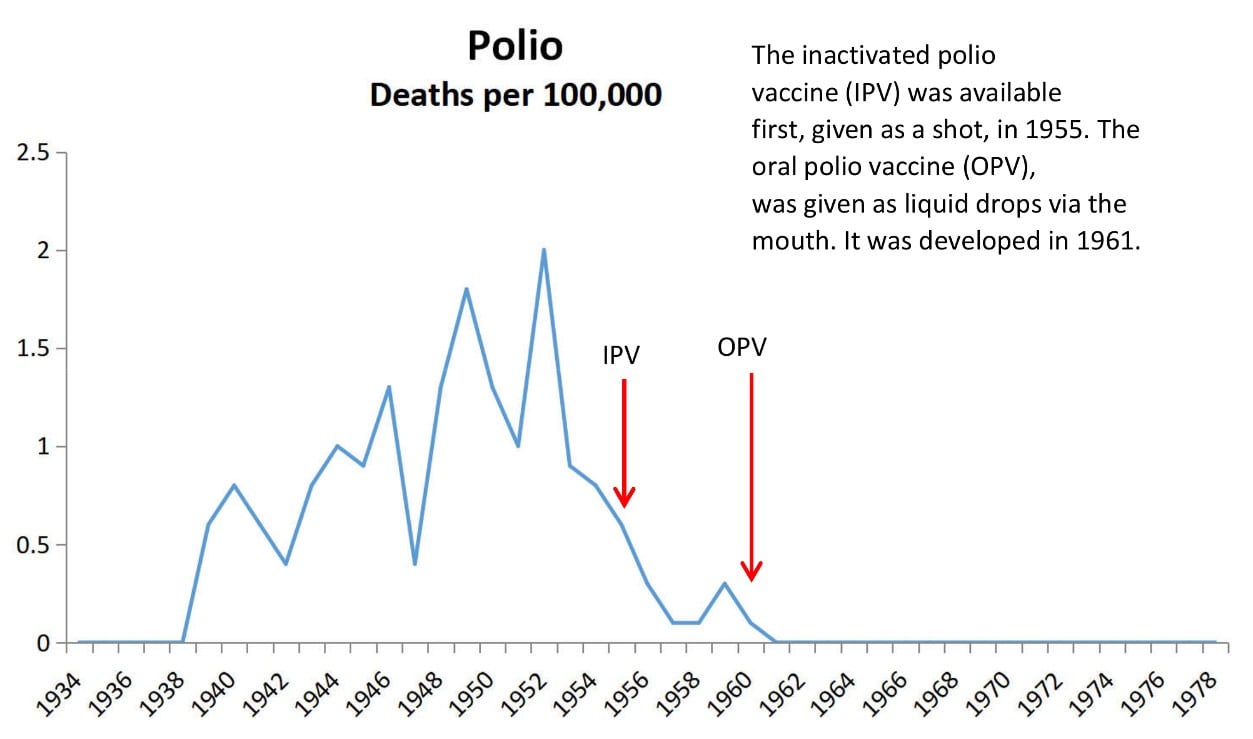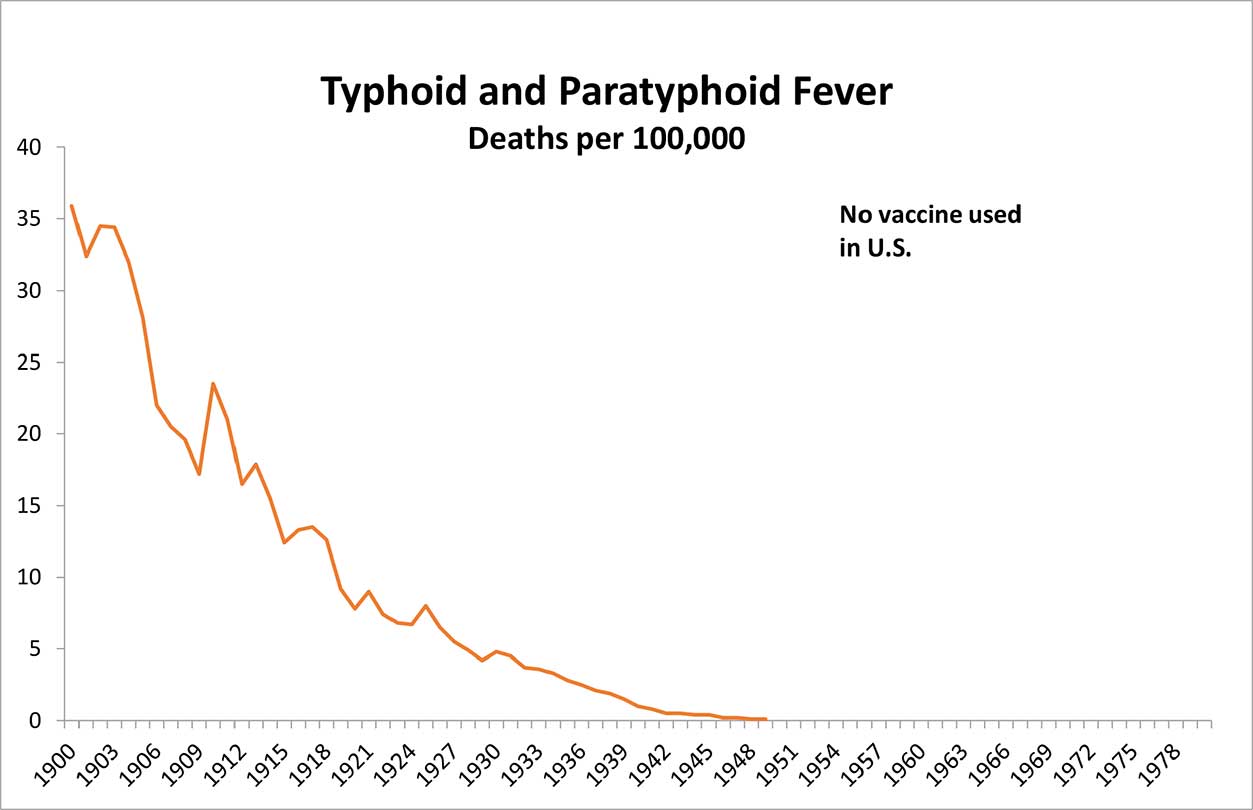Vaccines are supposed to protect vulnerable people from disease. However, vaccines can actually spread disease. This is a well known phenomena called shedding. People who get the vaccine, and don’t get sick from it, can actually spread the virus to other people. Here’s more detail:
Vaccines Using Live Viruses Spread Through Shedding
Measles, mumps, rubella, smallpox, chickenpox, zoster, yellow fever, rotavirus, and some flu vaccines use live attenuated viruses (LAV’s).
“Because LAVs are shed from vaccinees, they sometimes present a risk to unvaccinated individuals with impaired immunity.”
Here are just a few examples of vaccines that can cause the virus to be shed (i.e. spread):
Shedding of Measles Virus from Measles Vaccine
This study involved the CDC. It looked at the urine of children administered the measles vaccine. The study found that 83% of the kids had the measles virus shed in their urine:
For children 15 months old, 83% (10 out of 12) children had measles virus RNA that was detected in their urine for up to 14 days after measles vaccination. Why 14 days? Because they stopped looking after that.
“Because our research protocol was limited to only 14 days of specimen collection, we were unable to determine the upper limit for the duration of viral RNA in urine.”
Urine specimens were also obtained from four healthy young adults (ages 21 to 32 years) who were recently vaccinated with measles booster shots. Measles virus RNA was detected in the urine of all four individuals.
Shedding of Flu Virus from Flu Vaccine
The manufacturer tells us that it is common for people who are vaccinated to shed the virus and it’s more common among children. The manufacturer states:
“Shedding of the live attenuated vaccine virus is common after receipt of Live Attenuated Influenza Vaccine. In general, shedding is more common among younger recipients, among whom it may also be of longer duration.”
Shedding of Rubella Virus from Rubella Vaccine
Here we are told that excretion of the rubella virus from the nose or throat happens in the majority of cases and the virus is shed in breast milk too. The manufacturer states:
“Excretion of small amounts of the live attenuated rubella virus from the nose or throat has occurred in the majority of susceptible individuals 7 to 28 days after vaccination… transmission of the rubella vaccine virus to infants via breast milk has been documented.”
Shedding of Chickenpox Virus (Varicella) from Chickenpox Vaccine
Here we are told that chickenpox shedding is rare, but we are also told people who are vaccinated should avoid people who can get injured by the virus. The people who can be injured from people who were vaccinated include: pregnant women, newborns and people who are immunocompromised.
The manufacturer states:
“Post-marketing experience suggests that transmission of vaccine virus may occur rarely between healthy vaccinees who develop a varicella-like rash and healthy susceptible contacts. Transmission of vaccine virus from a mother who did not develop a varicella-like rash to her newborn infant has been reported. Due to the concern for transmission of vaccine virus, vaccine recipients should attempt to avoid whenever possible close association with susceptible high-risk individuals for up to six weeks following vaccination with VARIVAX.”
Shedding of RotaVirus from Rotavirus Vaccine
The manufacturer states:
“Vaccine virus transmission from vaccine recipient to nonvaccinated contacts has been reported. Caution is advised when considering whether to administer RotaTeq to individuals with immunodeficient close contacts such as: Individuals with malignancies or who are otherwise immunocompromised; Individuals with primary immunodeficiency; or Individuals receiving immunosuppressive therapy.”
Shedding of Smallpox Virus from Smallpox Vaccine
Smallpox can also be shed by people who are vaccinated. In fact the CDC tell is:
“Unintended transmission of vaccinia virus can occur through contact with civilian and military personnel vaccinated under the U.S. Department of Defense smallpox vaccination program.”
Shedding of Shingles Virus from Shingles Vaccine
According to the manufacturer:
“Transmission of vaccine virus may occur between vaccinees and susceptible contacts.”
Vaccinees are the people who are vaccinated. Susceptible contacts are left to us to guess as they are not described.






